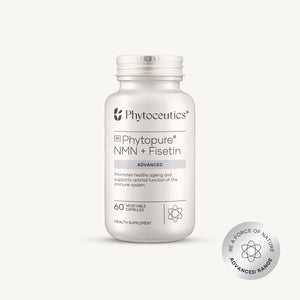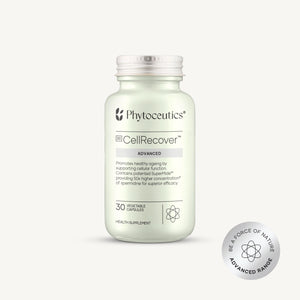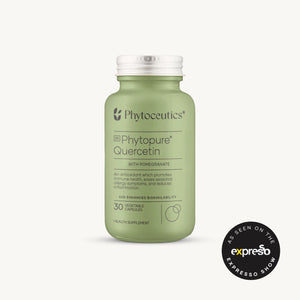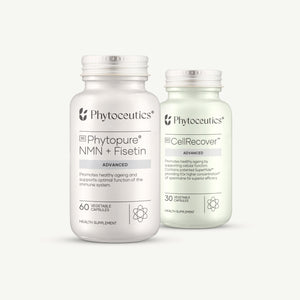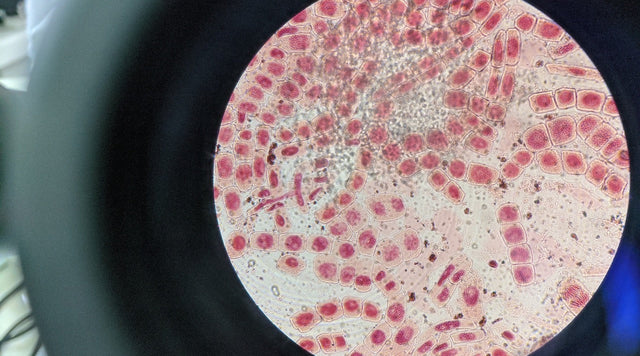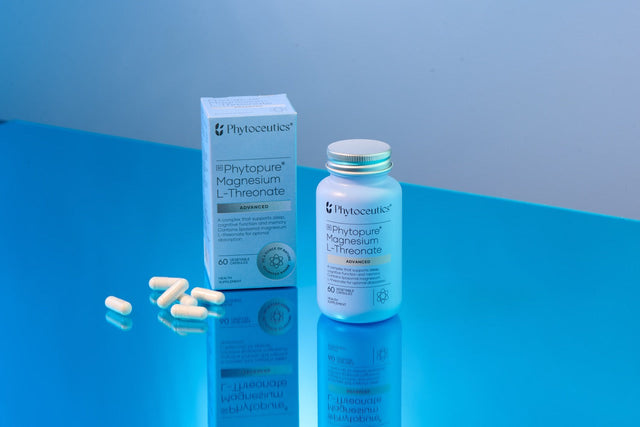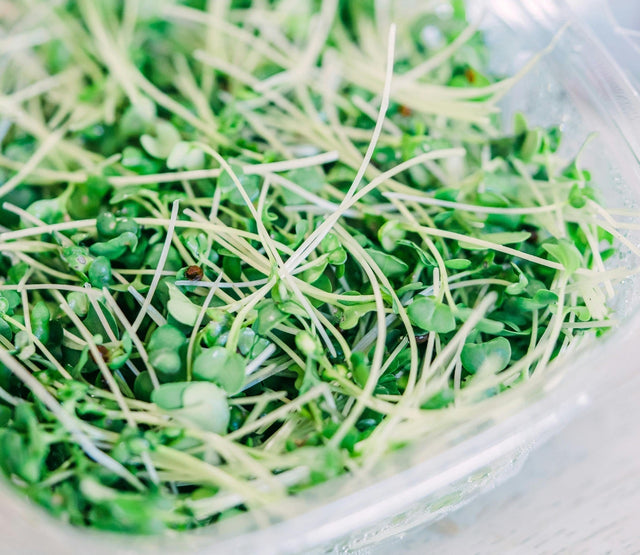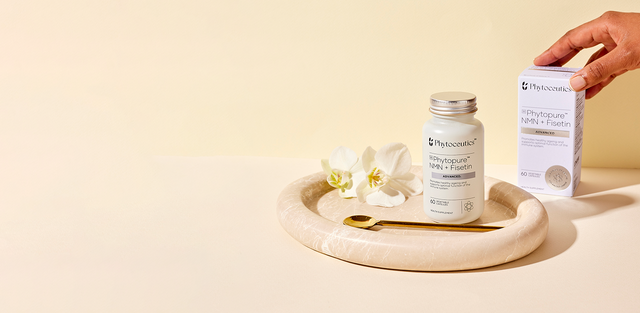Ageing is inevitable. However, you can partly control the speed at which you do so. Ageing is driven partly by senescence – the accumulation of senescent cells (sometimes called “zombie” cells) that stop dividing but refuse to die and leave the body. These cells release inflammatory substances that contribute to tissue damage and chronic disease; it’s a natural part of ageing, but also one we can help support to work better.
Senolytic supplements present a breakthrough approach to healthy ageing by selectively clearing these harmful cells, reducing inflammation, and restoring tissue function.
We’ve talked about healthy ageing and inflammageing before, but in this article, we’ll talk about some of the roles of senolytic supplements found in a few of our products, including:
-
- Fisetin, included in Phytopure® NMN + Fisetin Advanced.
- Spermidine supplements, featured in Phytoceutics CellRecover™ Advanced, which also contains quercetin.
-
Quercetin, featured in Phytopure® Quercetin with Pomegranate.
What Are Senolytics? Understanding Their Role in Ageing
Senolytics are compounds that selectively induce apoptosis (normal, programmed cell death) in senescent cells, allowing the body to clear these normally stubborn cells. This reduction in senescent cells diminishes the chronic inflammation caused by their secretions, known as SASP (senescence-associated secretory phenotype). Unlike senomorphics [1] or autophagy activators, senolytics focus specifically on killing senescent cells to intervene in ageing [3].
The Senolytic Supplements & Healthy Ageing Compounds
1. Fisetin: A Potent Senolytic Supplement
Fisetin benefits and dosage are well documented: this flavonoid, naturally found in fruits, induces cell death in senescent cells by targeting survival pathways such as PI3K/AKT/mTOR. It is effective [4] in tissues including the brain, adipose tissue, liver, and bone marrow. Although it is naturally found in many fruits, it’s hard to get enough fisetin through diet for it to be effective, hence including it in your supplementation regimen.
For senolytic use, the best dosing schedule for fisetin senolytic supplements involves pulsed doses, that is, taking the supplement on a cycle every 1–3 months. While taking higher doses for a few days may support senolytic effects [12], lower doses [5] (100 mg/day) support ongoing antioxidant and anti-inflammatory effects.
2. Quercetin: A Promising Antioxidant & Senolytic Agent
Quercetin works as a senolytic by influencing the signals that control how cells grow and divide. It helps stop damaged cells from multiplying by activating protective genes like p53, p21, and p27, while blocking enzymes that drive cell division. This causes unhealthy cells to pause or shut down in specific stages of their growth cycle. Quercetin’s strong antioxidant and cell-cleansing (pro-apoptotic) effects also help reduce oxidative stress and support the body in removing worn-out or dysfunctional cells. Early research shows that it can encourage the death of damaged cells and limit the negative effects of senescent cells – making it a promising natural option for healthy ageing [6].
Typical quercetin dosages range from 500-1000 mg/day. Pair quercetin with healthy fats and vitamin C for better absorption, and lean towards liposomal formulations for better bioavailability [7].
3. Spermidine: A Leading Autophagy Supplement
Rather than killing senescent cells like traditional senolytics, spermidine acts as an autophagy inducer (cell recycling) [8], activating cellular cleanup processes that support healthy ageing [9], cardiovascular health, and neurological health.
It is typically taken daily at low doses (1–6 mg), alongside fasting or caloric restriction (remember to practise this mindfully and with suitable support) to promote healthy cell recycling [10]. Dietary sources of spermidine include grapefruit, wheat germ and aged cheese, but often these aren’t in great enough quantities or good enough quality to be effective.
How These Supplements Complement Each Other
Together, fisetin, quercetin, and spermidine provide a comprehensive approach to ageing:
-
Fisetin clears senescent cells in brain microglia, adipose tissue, liver, and bone marrow.
-
Quercetin enhances senolytic effects and supports the reduction of oxidative stress.
-
Spermidine promotes autophagy and supports immune cells, cardiomyocytes, and neurons without causing cell death.
The combined effect broadens the healthy ageing scope across multiple tissues and mechanisms.
Safety and Considerations When Using Senolytic Supplements
-
Always follow recommended doses and timing to avoid side effects such as “hormetic fatigue” (fatigue due to increased cellular stress) [11].
-
Continuous high-dose fisetin is discouraged to minimise stress on the body. Reduce the dosage for continual use, or use in pulsed or cyclical intervals.
-
Consult your healthcare provider when determining the correct dosage for you.
-
Hydration and lifestyle supports, such as sleep and diet, enhance the safety and efficacy of these supplements.
The Promise of Senolytic & Autophagy Supplements for Healthy Ageing
Senolytic supplements such as fisetin and quercetin, combined with autophagy supplements like spermidine, provide a science-backed path to reducing age-related cellular damage and promoting healthy ageing. Our science-backed, well-researched formulations harness these compounds’ power with optimised dosing and absorption strategies, ensuring practical and safe support for healthy ageing.
Whether you’re exploring how to use fisetin supplements for senolytic therapy, curious about quercetin's antioxidant power, or interested in the benefits of spermidine as an autophagy supplement, these natural compounds are at the forefront of healthy ageing science.
This content is for informational purposes only and does not constitute medical advice. Always consult with your healthcare provider before starting any new supplement, especially if you are pregnant, nursing, have a medical condition, or are taking prescription or chronic medication.

